Terri Cappucci
|
Why you should digitize and preserve your analog photography Let’s talk about photograph back-up and preservation. I’m not going to write this as a “what if” scenario. I am talking from full blown experience as to what can happen if you do not have a digital back up and preserve your originals. I spent 20-years traveling to and from South Africa during one of the country’s most historical changes. It was in 1994 that the country had their first free elections after the end of the Apartheid era. Nelson Mandela was about to become president after three days of voting. I was in the rural areas and able to capture the moments of emotional first-time voters from all races. It was the beginning of a documentary on 35mm film, that lasted for 2 decades. I continued my travels sometimes twice a year until 2014, when I photographed the 20th-year of this project. I had always planned to publish a book and write about my experiences as a young woman capturing life in the Kwa Zulu Natal province of South Africa. It was a personal project that I felt would be educational as well as inspirational to other young women wanting to take on such a project. Now that I had finished the 20th year of shooting photos, it was time to edit with purpose, start printing for a new exhibit and scanning images that I would put in the book. I had this collection of negatives kept in individual archival clear sleeves for 35mm film. Some individual and some full-page sleeves that held 36 frames. I used a large 3-ring binder for the bulk of the full-page clear sheets, and regular envelopes for the single sleeve or the sleeves that came from photo labs where color film was used. Yes, there were thousands of images. I had started the process in my downstairs studio. This is where my darkroom was, as well as my general art and digital studio were located. Both my light tables were out and all the negatives set in order for editing. During those first few days, I had an ice damn on my house and it was recommended that I hire a company to come in with a big dehumidifier they would place in my basement for a few days, to extract any “possible” moisture that could have been in my upstairs walls. I was asked by them to make a space for the large dehumidifier and a commercial fan, so I packed up some of the negatives and put them in my portfolio, moved them to the other side of the studio and leaned it against my exhibited prints from a previous show. It was the carpeted section that also help my display of antique cameras that I had been collection for years. I will also state that I never had any moisture or water in the down stairs of my home and that this humidifier was just a preventative measure to make sure no moisture was there. If it was, it would dry the air and the wood upstairs from below. They came back a day or so later and packed everything up and said we were all set. A day or 2 later, I had gone down to do a load of laundry. I came back up and was grading student work until the early afternoon. I decided to make a quick trip down stairs to throw my clothes in the dryer and that was when my life changed. I opened the basement and felt a moist warmth in the air and I could see a reflection of my window on the floor of the studio. I could hear the furnace was running but the sound was different, I could also here another sound that reminded me of an old steam radiator. It was unfamiliar to me in this house that I had been in for 23 years. I turned on the light and started walking down and I realized the water was coming up over the first step. Yes, my studio was flooded. A faster version of this story is easier to tell for the purpose of this blog. I could write a book on that one moment. It turned out that the company who brought in the dehumidifier had also unplugged my drain hose pipe behind my washing machine and ran their dehumidifier hose in that drain. I have since learned that is common for them to do this when there is no sink close by, because they need a place for moisture to drain into. With that said, they never told me this so I had no idea that this is how they did their job. Why would I? I hired the professionals who did that kind of thing. They never reconnected the drain hose from the back of my washing machine. So, when I had gone down and threw in my laundry, bleach, soap and fabric softener, I turned the water to hot, closed the lid and went upstairs. I never knew the hose had been unplugged and was was lying on the floor behind the washing machine. Imagine this; my washing machine just pumped out hot water for at full speed for about 7 or so hours, on the the floor. I couldn't hear anything after that because I was upstairs. Another question that is often asked: Why did the washing machine just stop working? Answer: The way washing machines are built, there is a drain that will empty out at the right time when it is connected to the drain hose. However, if it not connected and the drain hose is below the level of that drain in the washing machine, it never fills the washing machine tub and will continue to push out the hose of the washer like a faucet. That is exactly what happened. Back to the reality of what was happening. I still didn't know where the water was coming from. I was looking for any laces there may be a burst pipe as I was standing on the stairs and afraid to step in the water. Once I realized it was the washing machine, I shut down the power . My studio was flooded and my first thought was to get this stuff our of here. Furniture, art paper, camera equipment, prints, negatives, my career portfolio of publication work, documents and more. It needed to be removed. My new floating floor that had just been installed 2 years prior, was actually floating. I think I was a bit in shock looking at it all. When I finally realized what I was exposed to the water, I felt a memorable heat shoot through my body that I will never forget. I went numb for about 10 seconds and then in one moment, I felt rage, deep sadness, loss like you can’t imagine, anger and then numb all over again. It was like losing a part of soul. As an artist, I live and breathe my creativity and it is what makes me, me. This life's work of mine may never come to fruition. I felt in the moment that my dreams of seeing this project through, were dead. I ended up having this project appraised by one the most qualified fine art photography appraisers in the United States. After her research of me, my professional work, reputation and quality of the work I had, even I was amazed. Trust me, you don’t want to see the number $1,521,620.00 (one million, five hundred twenty one thousand and six hundred and twenty dollars), when it is a loss to you. That’s right! This is just the South Africa project part of the loss. It was not including the other losses from other projects, documentaries, supplies, home damage, etc. To this day, 5 years later, I still cannot wrap my head around the fact that I lost my life’s work the potential income that came with that project and what my retirement would have looked like. I have about 1800 negatives that I pulled from the mess that I am attempting to clean and digitize, but they will need a whole lot of restoration because of all the emulsion damage, spots, etc. Here is where is gets hard. You would think it was just the 1.5 million dollar value loss that is the hardest, but it isn’t. The hard part is me having to admit failure on my end. Taking responsibility for my part in this. I was also partially responsible for my loss. I chose NOT to digitize all my work until after I went through everything and individually selected the images that I wanted to pull for my book and exhibit. I thought because it was film, that digitizing them would kind of be “dumbing down” the beautiful look that a film print provided. I never really wanted them to be digital because there was a clear visual difference between film and digital images in their appearance. I worked with digital photography as a photojournalist for publications, because that was what the industry standard had become. I was quite skilled with digital as well as film, but here is what I didn’t think about. I didn’t think about what would happen if there was a natural disaster, an accident, a break-in, or a mistake made by someone doing work for me. I also didn’t think about taking my portfolio or any of my prints to a different level in the house because a flood could happen. Why? Because I never had one and successfully worked out of this studio for 25 years. I just assumed, and we know what happens when we assume, that I always kept things organized and safe so it was all good. My workflow never failed me before so I gave it no thought. I am here to tell you to “give it serious thought”. Mine was a pretty catastrophic loss for me both monetarily as well as emotionally. If you have any photographic prints, negatives, slides, or anything else that you hold close to your existence, have your work digitized by a professional. This doesn’t mean a cheap online place that uses a bulk load scanner where you will take the risk of having your work jammed in a machine or torn. It doesn’t mean taking your stuff to the office and copying it on a scanner. It means finding someone who is trained to handle your prints individually and one at a time, digitize them to file sizes and types that will be around for a long time come. Hire someone who will preserve your originals in archival materials and storage so they will withstand most of the elements. Please find a way to backup and protect your work. Final thought: I will always believe it was the fault of the company I hired to do moisture prevention. But I have had to face the painful fact that the damage would have been less if I had done my part to protect my assets digitally and well as better preservation practices. I now specialize in photographic preservation of film, slides, prints, glass plates , tintypes and albums. With my nearly 30-years working with all these materials, having this horrific experience and then training in photo preservation, I will never allow this to happen again. I hope that my experience will encourage you to digitize and preserve your most precious images. A question I am always asked: Did you sue them? Yes. I had to sue them to try to get insurance to cover my losses . I hired a fantastic attorney, Andrew Epstein from Boston, who specialized in working with photographers for all sorts of reasons such as copyright, collections and situations like mine. I will also tell you that this was a horrible experience having to live through this for so long. It was emotionally draining on me and my family. May I never have to deal with a legal issue again. In the end, I never recouped my loss because it is nearly impossible to ever do that. I had to say goodbye to the monetary loss because it is hoe the system works with insurance. Just because you have the truth on your side, doesn't mean it will turn out in your favor. I left the entire experience with a lot of unresolved debt, deep scars, heartbroken and a very painful lesson. In the end, it would have been so much easier if I had digitized them for a back up as well as had them on shelves rather than in my portfolios that leaned against a wall in my studio. Be like the new Terri. She learned the hard way and backs up everything now. Below, I will show you some before and after photographs, detailed damage and my appraisal. I hope this will help you to do what I hadn’t done. If you need my help getting this done, please reach out. Terri This was one of the exhibits of my South Africa work before the damage. These are a few pictures of the detail of what the water damage did to the emulsion. Here is the loss
1 Comment
|
Thoughts in Print"If you don't want something seen, control how much exposure you give it." tc categories |
Web Hosting tecapp media works
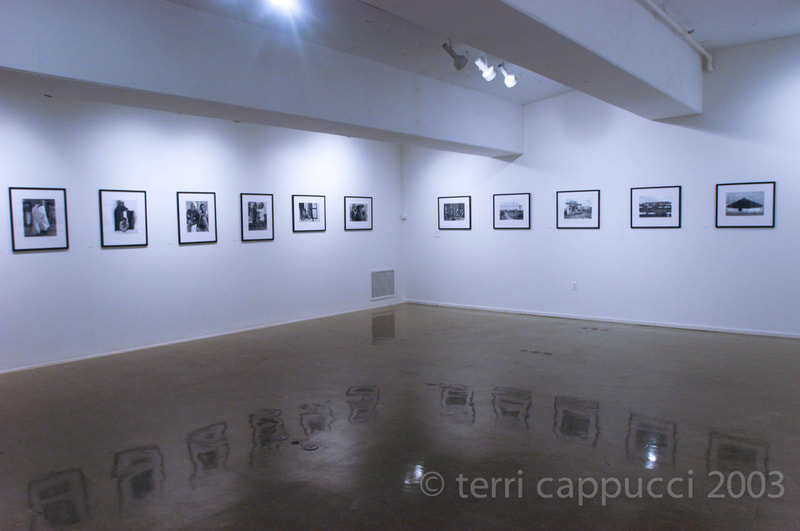
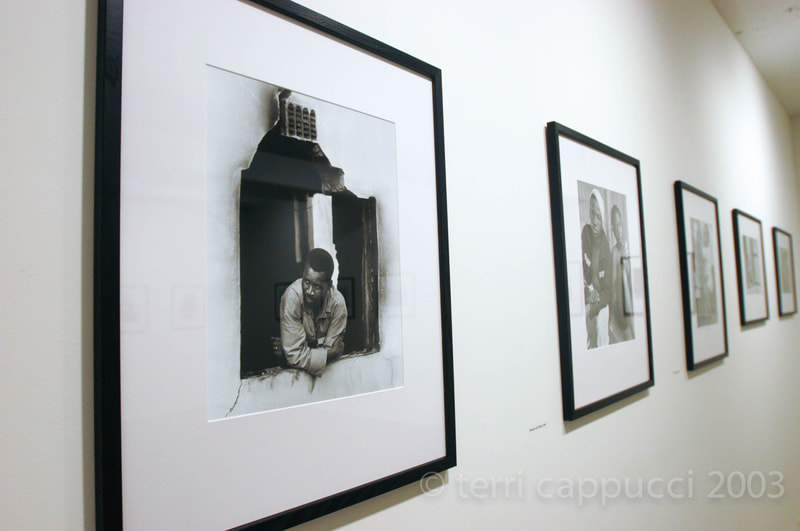
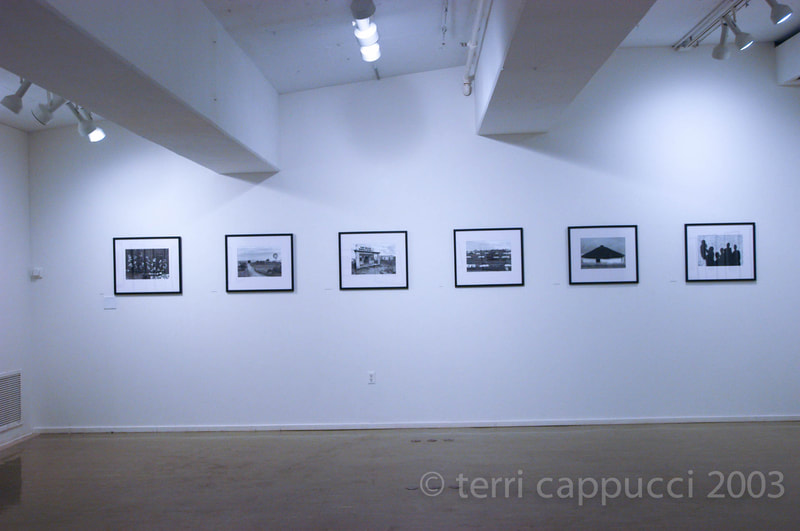
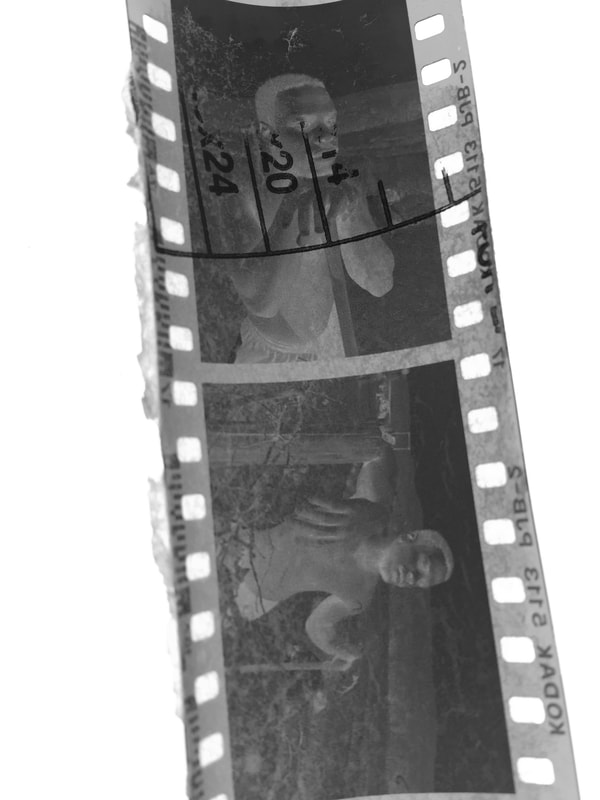
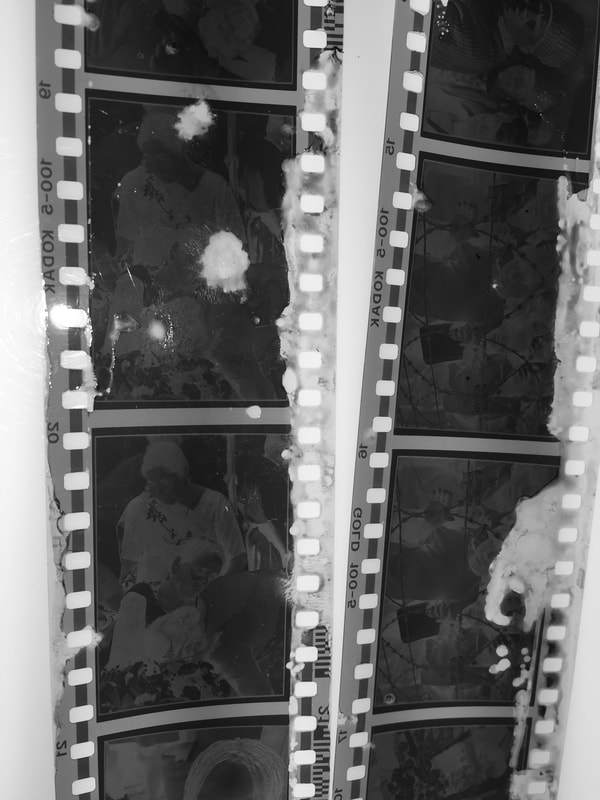
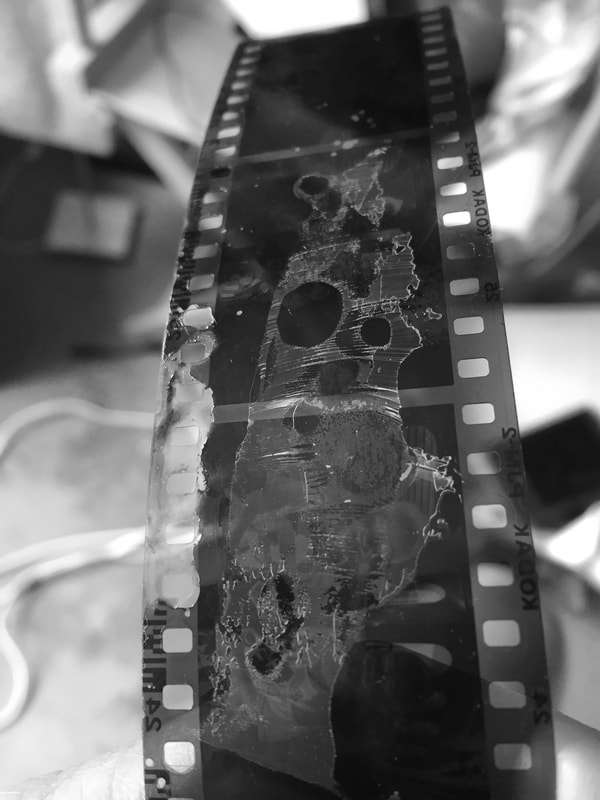
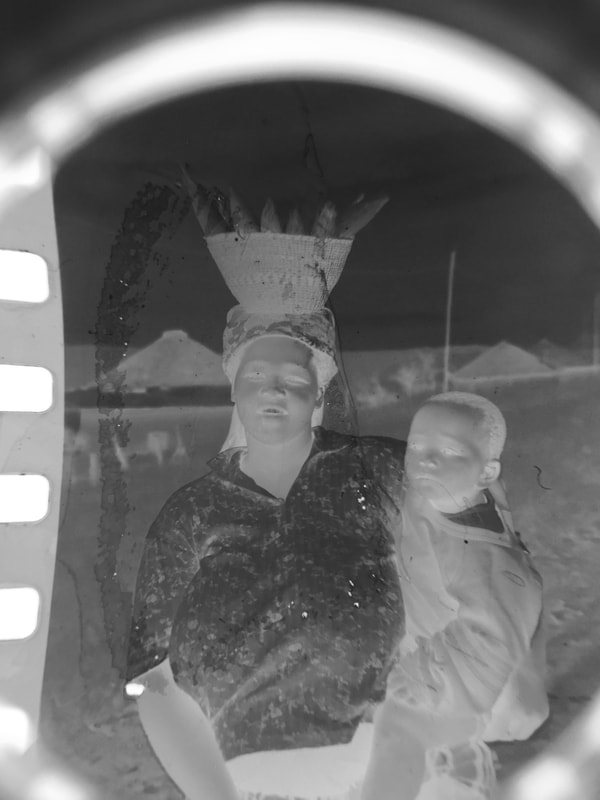
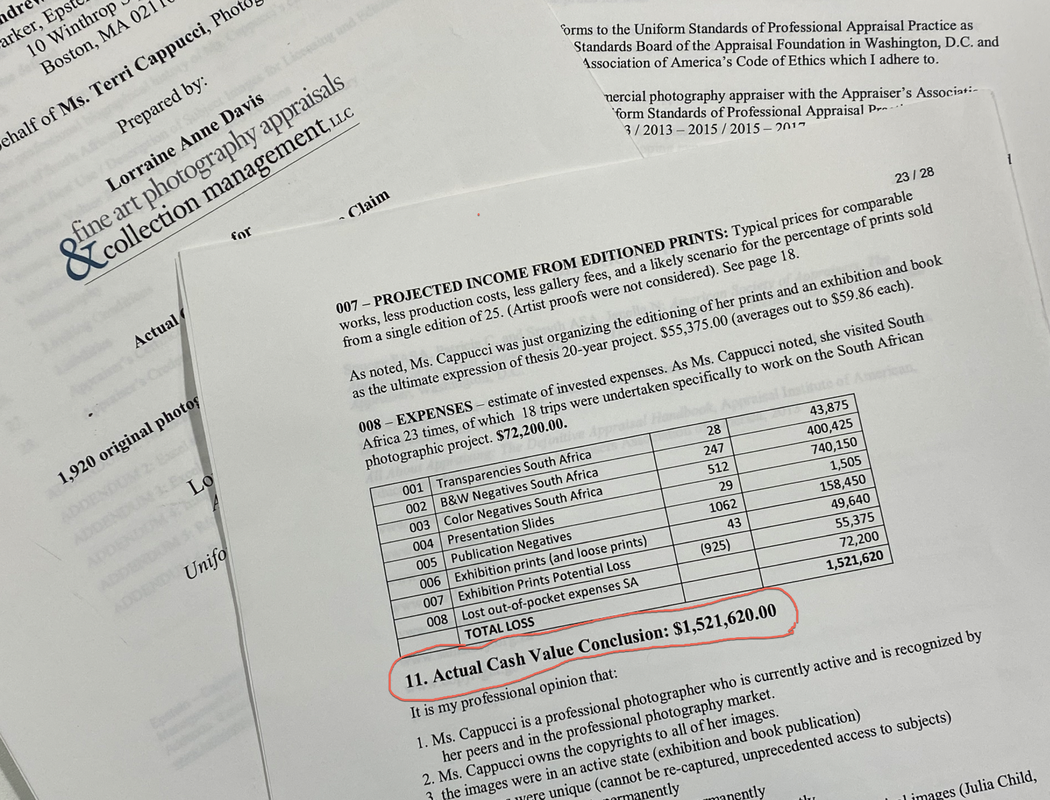
 RSS Feed
RSS Feed